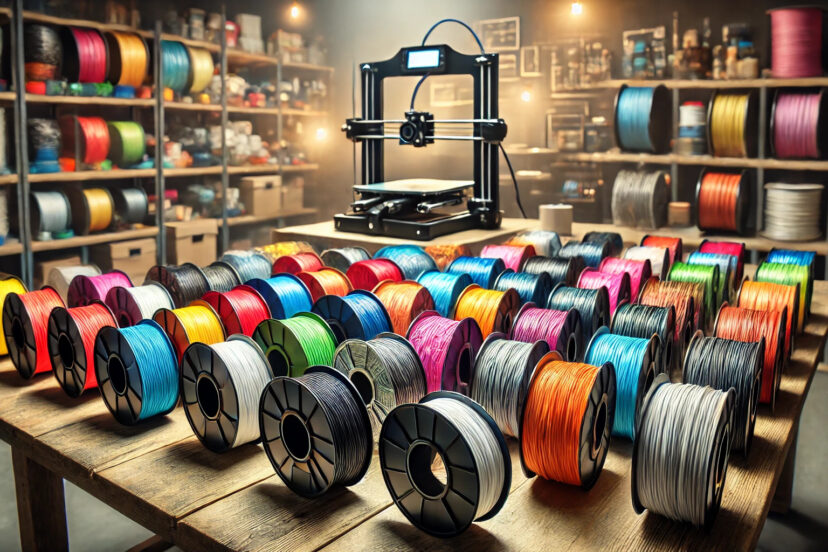Top 10 3D Printer Filament
Welcome to our in-depth guide on the top 10 3D printer filament! Whether you’re a hobbyist or a professional, choosing the right filament can make a significant difference in the quality and success of your 3D printing projects. This article will walk you through some of the best filaments on the market, helping you make an informed choice based on your needs and the specifics of your printer. Let’s dive right in!
1. PLA (Polylactic Acid) Filament
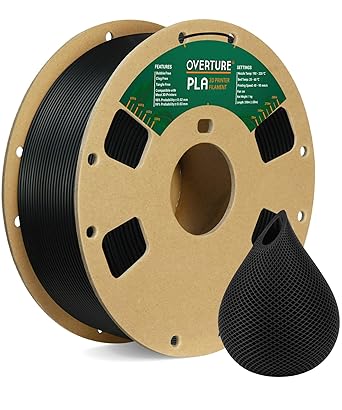
PLA is the go-to 3D printer filament for beginners and seasoned users alike due to its ease of use and environmental friendliness. Derived from renewable resources such as cornstarch or sugarcane, PLA is biodegradable and emits a sweet, non-toxic smell when printed. It’s perfect for a wide range of printing applications, offering good detail and no need for a heated bed. However, it’s not ideal for objects that might be exposed to high temperatures or outdoor environments as it can warp or degrade.
2. ABS (Acrylonitrile Butadiene Styrene) Filament
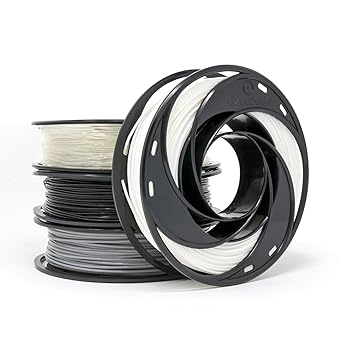
ABS is known for its toughness and impact resistance, making it a favorite for functional parts that require durability, such as protective components and automotive parts. It does require a heated bed and well-ventilated space due to its fumes during printing. If you’re up for a bit more of a challenge compared to PLA, ABS could be a rewarding choice.
3. PETG (Polyethylene Terephthalate Glycol) Filament
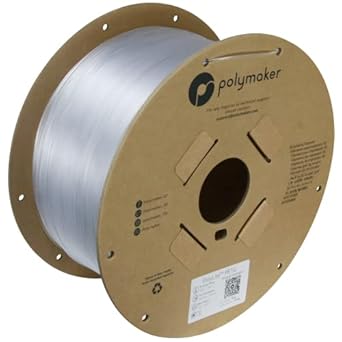
PETG offers the best of both worlds, combining the simplicity of PLA with the strength of ABS. It is also water-resistant and offers great chemical resistance, making it suitable for mechanical parts or containers that might hold liquids. PETG prints at a slightly higher temperature than PLA, which helps to achieve strong layer adhesion and a smooth finish.
4. TPU (Thermoplastic Polyurethane) Filament
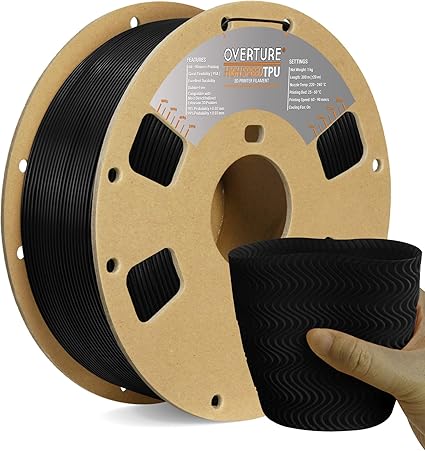
If flexibility is what you need, TPU is your best bet. It’s perfect for printing parts like phone cases, flexible hinges, or wearable items. TPU varies in flexibility, which is indicated by its Shore Hardness. It can be a bit tricky to print due to its elasticity, so a well-calibrated extruder is essential to avoid clogging and ensure consistent extrusion.
5. Nylon Filament
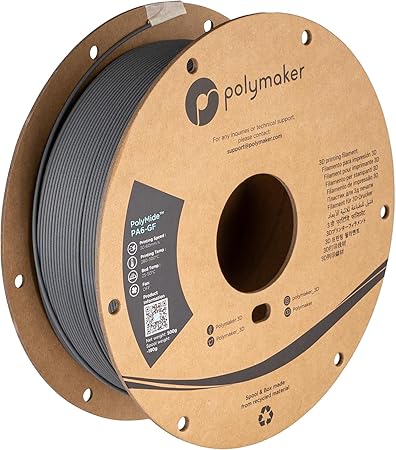
Nylon is well-regarded for its flexibility, strength, and heat resistance, making it suitable for creating durable and functional parts that require a high level of precision. It absorbs moisture from the air, which can affect print quality, so keeping it dry before printing is crucial. Nylon is best used for mechanical parts, gears, or even textile prototypes.
6. PVA (Polyvinyl Alcohol) Filament
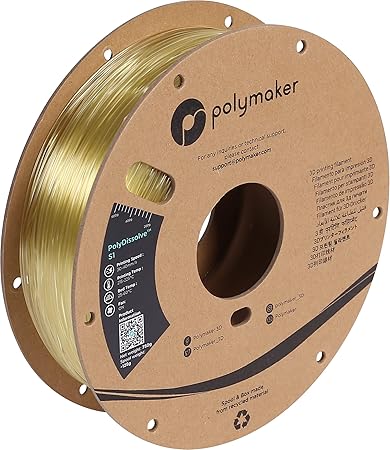
PVA is primarily used as a support material because it is water-soluble, meaning it can be easily washed away after printing. This makes it incredibly useful for printing complex models with overhangs or intricate designs. Pair PVA with another 3D printer filament, such as PLA, in a dual extrusion printer to achieve the best results.
7. ASA (Acrylonitrile Styrene Acrylate) Filament
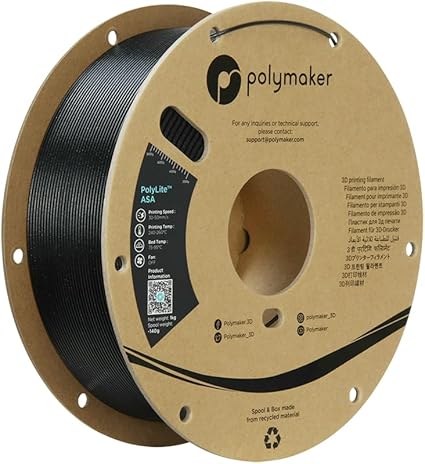
For outdoor applications, ASA is a superior choice due to its UV, water, and weather resistance. It’s similar to ABS in terms of printing conditions but outshines it with its ability to retain color and properties when exposed to the outdoors. It’s ideal for objects that will spend time outside like garden fixtures or automotive exterior parts.
8. HIPS (High Impact Polystyrene) Filament
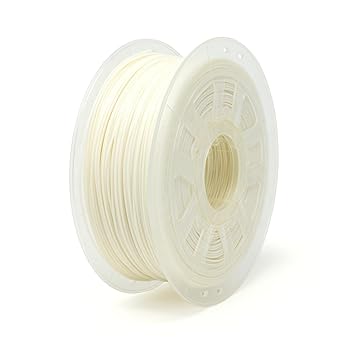
Like PVA, HIPS is often used as a support material because it can be dissolved in limonene, a common solvent. It’s a great partner for ABS in complex prints. HIPS itself is also fairly sturdy and can be used for lightweight prototypes or toys.
9. Carbon Fiber Infused Filament
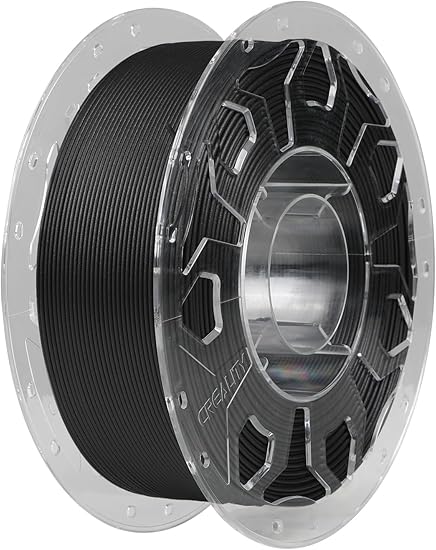
Carbon fiber filaments are a blend of a base material such as PLA or ABS infused with carbon fiber particles. This composition leads to an incredibly stiff and strong material that also remains lightweight. It’s perfect for structural parts where rigidity is essential but keep in mind it can be abrasive to standard brass nozzles.
10. Wood Filament
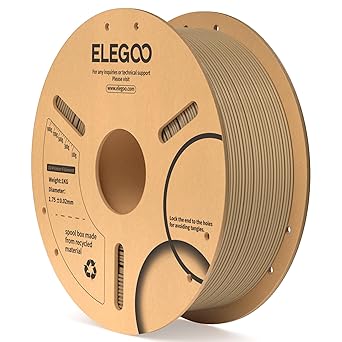
Wood filament combines a PLA base with fine wood particles, offering prints that look and feel like real wood. This filament can be sanded and stained just like real wood, making it fantastic for decorative objects. Each print comes out uniquely, with varying grains and textures, offering a truly personalized product.
Conclusion
Choosing the right 3D printer filament can dramatically influence the outcome of your projects. From standard PLA to more exotic materials like carbon fiber-infused filaments, the options are vast. Consider what you need in terms of flexibility, strength, and the environmental conditions your printed object will face. With this guide, you’re well on your way to choosing the perfect filament to bring your 3D printing projects to life. Happy printing!

